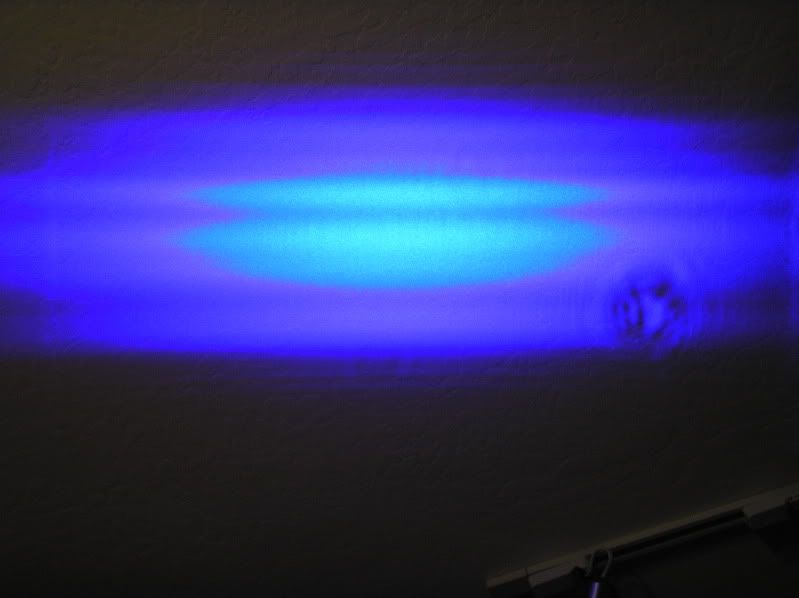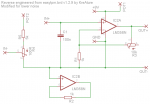- Joined
- Jan 14, 2011
- Messages
- 3,816
- Points
- 63
In fact, I actually did clean it a while back. That was a photo from the before part of the cleaning process. Here is the current state of the diode (there is still an artifact, but it's actually not that bad).

EDIT: And that artifact looks a lot less... mangled... in person than it does in the picture.

EDIT: And that artifact looks a lot less... mangled... in person than it does in the picture.
Last edited:







